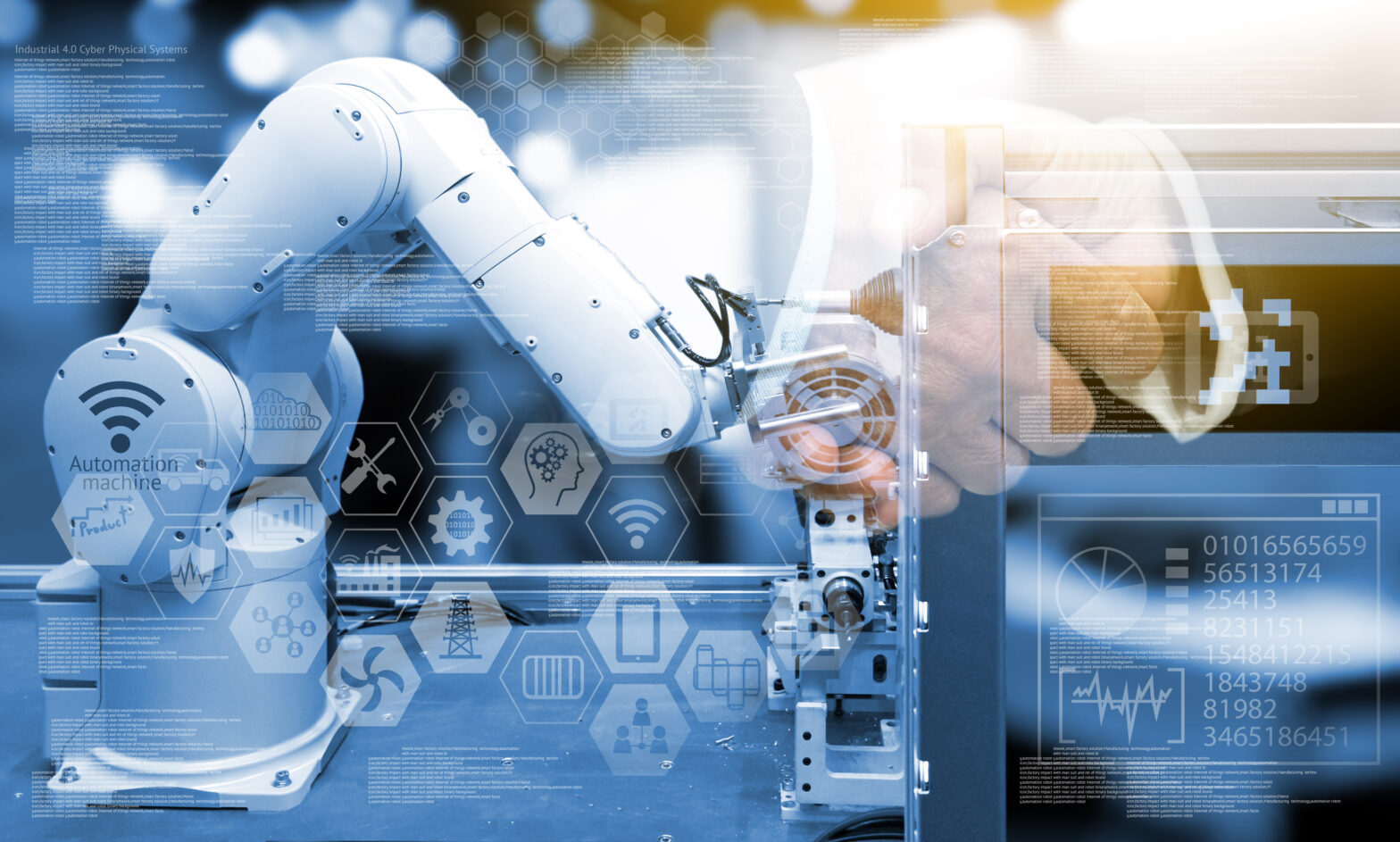Putting aside the usual product manufacture and assembly that robots are responsible, one of the most useful ways of utilising a robotic workforce comes in the form of mechanical handling.
It goes without saying that when it comes to lifting and carrying, a robot of a similar physical size to a human is going to outperform us every step of the way. Robots are cheaper to run than humans; they can lift and carry heavier loads; they can place them with exact precision, give or take 0.2mm; you don’t have to worry about them dropping or damaging goods and you don’t have to worry about them tiring by the end of their shift.
This is something which has already been realised by many companies around the world, especially in the world of warehouse operations. Amazon, the world’s favourite internet retail giant, has famously taken to robotic mechanical handling like a fish to water. Their fulfilment centre in New Jersey has a dizzying number of robots helping the human staff complete orders in record time. Unlike in years bygone where someone would have to look up where a product lives in the warehouse, walk on over to right section of the warehouse, manually find the product on the shelf and carry it over to where it needs to be packaged, the entire process is completed by a robot in a simple string of events. Robotic shelves move themselves around to pack goods in tighter, products can be selected and moved by roof-mounted robots, and the entire process is automated to the point where human intervention is kept to a minimum level. This extreme level of efficiency is the real secret behind how Amazon can guarantee its next day deliveries.
While this is a task that humans can feasibly do, albeit at a slower pace, it’s only one area in which robotic mechanical handling outshines their human counterparts. In areas that it’s unsafe for human activity, such as in the hot metals industry, or where things which are simply too heavy for people to lift without using a pallet stacker or a forklift, that robots are able to figuratively step in and pick up the slack.
As we move into the latter half of the decade we’re expecting to see more and more robots enter the workforce across a range of new industries. The Dubai police force have already said that they’re looking to get ‘fully intelligent robots that can interact with people’ on the beat by 2017. Whether these wind up looking more like RoboCop or Ed 209 remains to be seen, though presumably both would have the capability to carry out heavy lifting tasks should a member of the public need it.
The police force admits that this is still in R&D at the moment, so we’re still a way off from the full RoboCop experience. However, there’s no denying that the benefits of using robots as mechanical handling tools in the workforce are too numerous to ignore.





